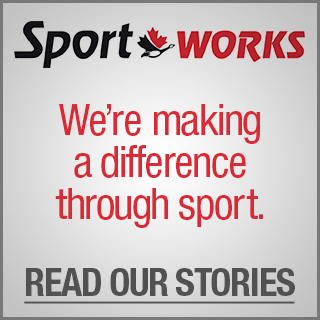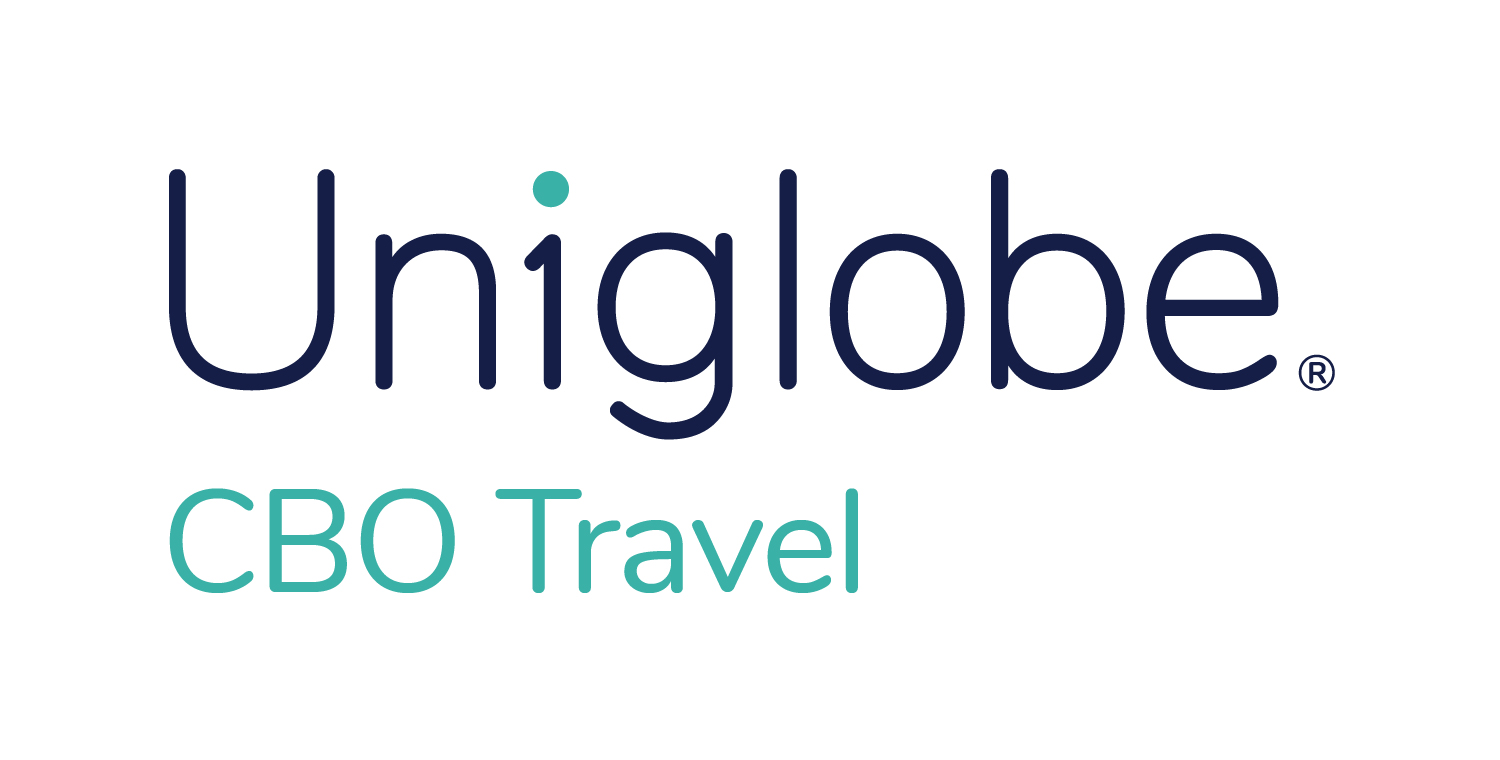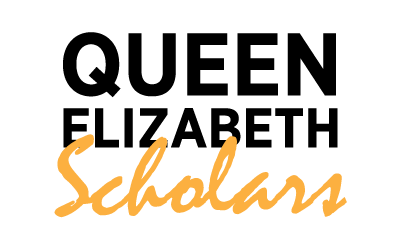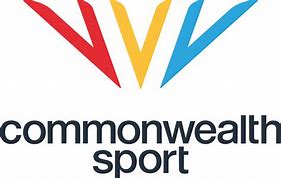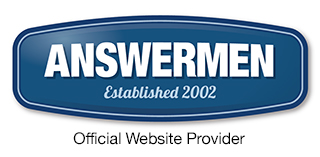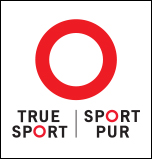Are you interested in helping shape the future of drug-free sport?
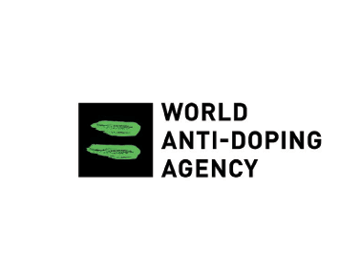
(Ottawa, Ontario – July 5, 2012) – Phase 2 of the World Anti-Doping Agency’s (WADA) rules consultation is under way with the release of a first draft of the World Anti-Doping Code that will come into effect January 1, 2015. The Canadian Centre for Ethics in Sport (CCES) has compiled a summary of the major changes, and is collecting feedback from the Canadian sport community to fuel Canada’s national response to this draft.
This affects you! The Canadian Anti-Doping Program (CADP), the set of rules that govern doping control in Canada, will be revised during 2014 to remain compliant with the new Code. National sport organizations that have signed on to run their programs in accordance with CADP rules will need to re-adopt, and as a result, athletes will be subject to these new rules when they come into effect in 2015.
Are you interested in helping shape the future of drug-free sport? Please read through the summary of changes below or download the full redlined version, and send any comments or concerns to [email protected] by the end of August.
(For WADA, this phase also includes a full review of their international standards. The CCES already collected feedback from Canadians on the standards as part of our initial consultation in February. However, if you would like to comment further on the standards, please email [email protected].)
General:
- There is an express statement that proportionality and human rights will be respected when the Code is applied. (The Code)
- A drug must be deemed to be performance-enhancing to be included on the Prohibited List. (Article 4.3)
- Responsibilities for granting therapeutic use exemptions are better defined. (Article 4.4.2)
- Retired athletes are required to give six months notice before returning to competition, during which time they may be tested. (Article 5.3)
- New definitions are added for Administration, Fault, and a High Priority Athlete Pool (which replaces the current Registered Testing Pool). (Definitions)
- Minors are now defined as persons under 14 (no longer based on local law). (Definitions)
Whereabouts:
- After 12 months (no longer 18) a whereabouts ‘strike’ will be eliminated. (Article 2.4)
- Only athletes in the High Priority Athlete Pool will be required to file complete and detailed whereabouts information, although anti-doping organizations will still have some discretion to require other athletes to file some types of personal location information. (Article 2.4 comment)
Testing
- There is no longer a “B” sample taken or tested. (Article 7)
- Athletes may be tested at any time of the day or night. (Article 21.1.2 and comment)
- There is the potential for partial menu testing. (Article 6.4)
Violations and Sanctions
- A new anti-doping rule violation prohibits athletes from associating with banned coaches or support staff. (Article 2.10)
- The limitation period for many violations is extended to 14 years. (Article 17)
- Sanctions may be reduced for violations caused by contaminated products. (Article 10.4.2)
- Sanctions are more flexible for violations caused by substances of abuse, and may include mandatory rehabilitation. (Article 10.4.3)
- The use of marijuana in the context of a doping violation is better positioned. It could be listed as a “substance of abuse” (10.4.3) so that a period of rehabilitation can be substituted for an appropriate part of the sanction time. It may be one of the substances that need NOT be tested for. (Article 6.4)
- It will be harder to get a reduced sanction for a specified substance, as the three-part test for will be harder to satisfy on the issue of intent to enhance performance. (Article 10.4.1 and comment)
- Sanctions are much more flexible to encourage substantial assistance. (Article 10.5.3.2)
- More violations can be considered to involve aggravating circumstances, which increase the sanction to four years. (Article 10.6)
- A wider scope of ineligibility (conduct that is prohibited) has been defined. (Article 10.10.1 and comment)
- There are new rules regarding a return to training. (Article 10.10.2)
- Penalties are much stricter if there is a breach of the ineligibility sanction. (Article 10.10.3)
- Participation in the next Olympic Games will not be allowed as a mandatory component of many sanctions and a discretionary component of others, known as the Osaka Rule. (Article 10.15)
- There are increased consequences for the team in team sports when two or more athletes on the team incur violations with sanctions imposed that are over one year in length. (Article 11.2)
- The disqualification of doping-related competition results has been clarified. (Article 9 and 11)
- Greater flexibility is allowed in sanctioning and public disclosure for athletes who are minors. (Article 14.3.6)
- Consequences – The restrictions placed on an athlete serving a provisional suspension are now the same as those imposed once a violation is confirmed (i.e., no longer simply a ban from competing). (Definitions)
Hearings and Appeals
- Hearings may be waived by expressly signing a waiver or by implication if the person fails to engage in the process after a deadline has been set. (Article 8.3)
- The matter of payment of CAS cost awards has been addressed. (Article 10.13)
- If an athlete can prove he or she was at “no fault” for the violation, the violation will be eliminated. (Article 2.1.1 and comment, Article 10.5.1)
- Clarification of the concept of strict liability in the context of a doping infraction. (Definitions)
- All appeals are now a full de novo review instead of a limited review on a reasonableness standard. (Article 13.1.1)
Intelligent Testing
- In doping cases involving minors or multiple athletes under the same club or coach, an investigation of athlete support personnel involved is mandated. (Article 20.5.8)
- Governments are required to establish legislation to allow for the sharing of doping information between their departments, e.g., border agencies, police forces, and national anti-doping agencies. (Article 22.2)
The Canadian Centre for Ethics in Sport is an independent, national, not-for-profit organization. We recognize that true sport can make a great difference for individuals, communities and our country. We are committed to working collaboratively to activate a values-based and principle-driven sport system; protecting the integrity of sport from the negative forces of doping and other unethical threats; and advocating for sport that is fair, safe and open to everyone.
For further information, please contact:
Justin MacNeill
Communications Coordinator
613-521-3340 x3314
[email protected]


